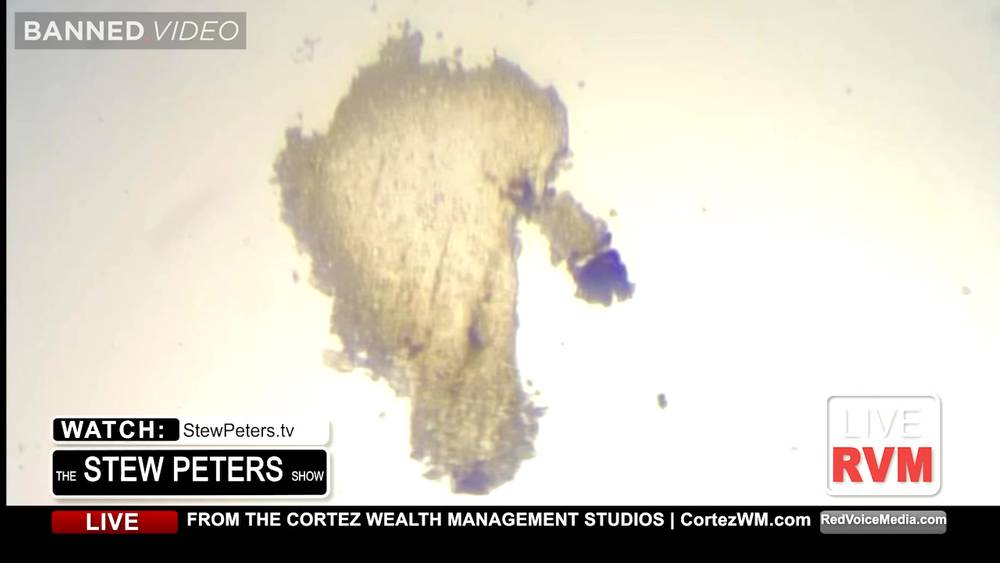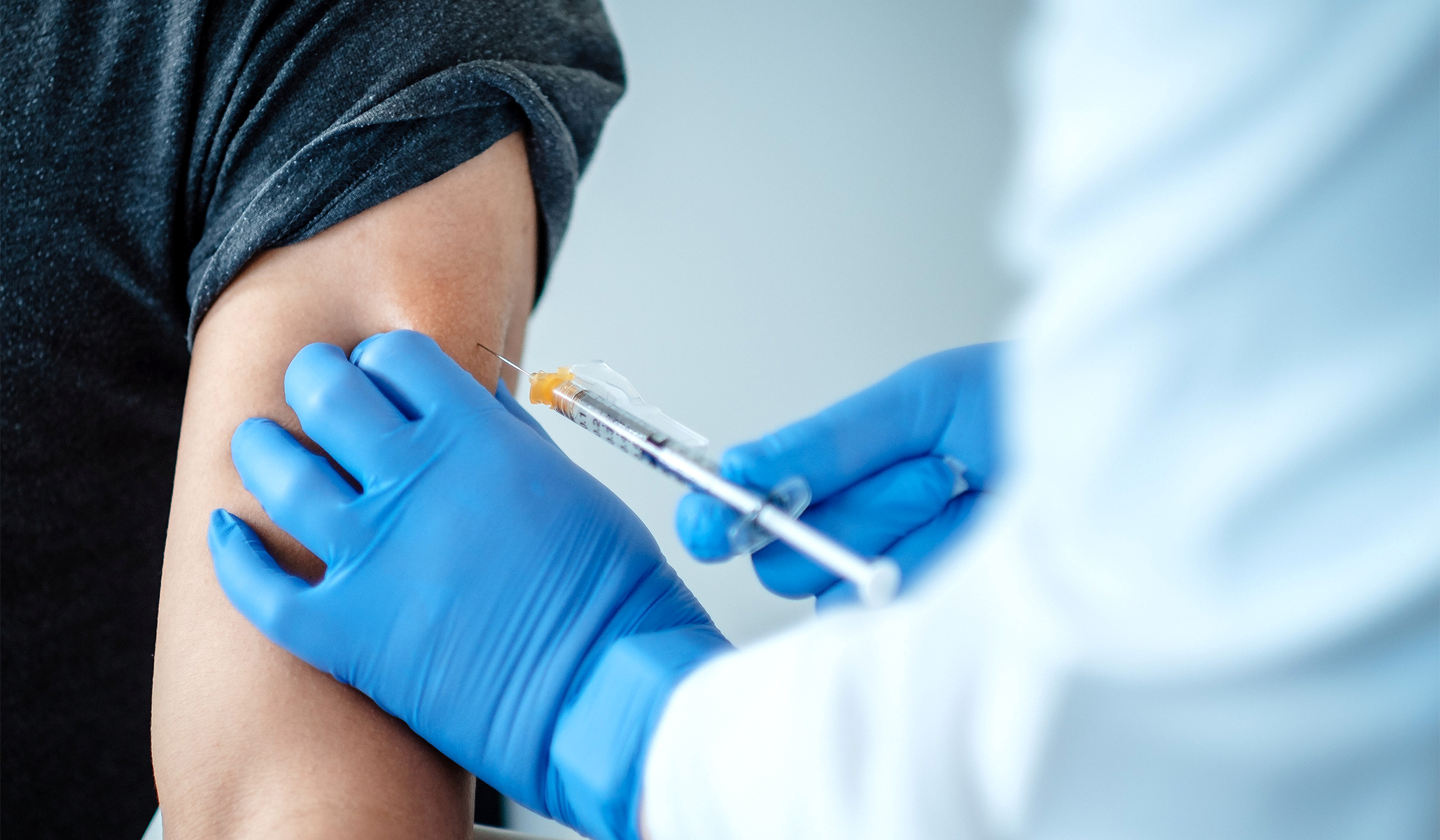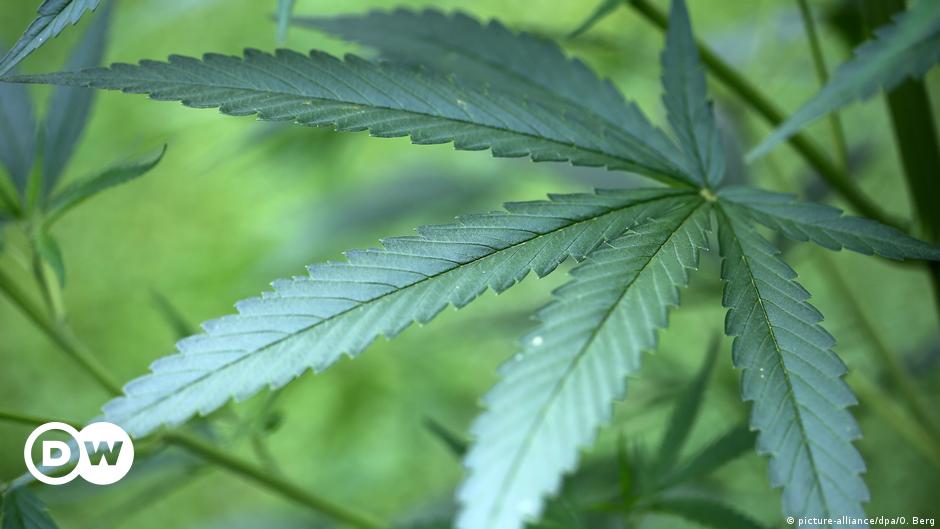Skyfarmr
Jedi Master
I just watched this video after reading "The Death Report" which was linked in an SOTT.net article.Dr. Carrie Madej joins Stew to reveal her findings after examining the Moderna and J&J vials.

Dr. Shows Horrifying Images Of Magnified COVID Vaccines
Dr. Carrie Madej joins Stew to reveal her findings after examining the Moderna and J&J vials. What she found will absolutely make your skin crawl!freeworldnews.tv
After reading through report and watching the video I got to thinking about nanotechnology and how these unknown things under her microscope seemed to be activated as they warmed up.
I did a search with the terms "vaccine" and "tentacles" and came across the subject of dendrimer nanotechnology. Then came across numerous hits when searching that subject.
Below is general information on this 30+ year old technology:
Dendrimers: synthesis, applications, and properties
"Abstract: A variety of dendrimers exist, and each has biological properties such as polyvalency, self-assembling, electrostatic interactions, chemical stability, low cytotoxicity, and solubility. These varied characteristics make dendrimers a good choice in the medical field, and this review covers their diverse applications.
Introduction
Dendrimers are nano-sized, radially symmetric molecules with well-defined, homogeneous, and monodisperse structure consisting of tree-like arms or branches [ie. tentacles?][1]. These hyperbranched molecules were first discovered by Fritz Vogtle in 1978, by Donald Tomalia and co-workers in the early 1980s, and at the same time, but independently by George R. Newkome.[....]
Dendrimers are nearly monodisperse macromolecules that contain symmetric branching units built around a small molecule or a linear polymer core [5-7]. ‘Dendrimer’ is only an architectural motif and not a compound.
[....]
Dendrimers are hyperbranched macromolecules with a carefully tailored architecture, the end-groups (i.e., the groups reaching the outer periphery), which can be functionalized, thus modifying their physicochemical or biological properties [11-16]. Dendrimers have gained a broad range of applications in supramolecular chemistry, particularly in host-guest reactions and self-assembly processes. Dendrimers are characterized by special features that make them promising candidates for a lot of applications. Dendrimers are highly defined artificial macromolecules, which are characterized by a combination of a high number of functional groups and a compact molecular structure [17]. The emerging role of dendritic macromolecules for anticancer therapies and diagnostic imaging is remarkable. The advantages of these well-defined materials make them the newest class of macromolecular nano-scale delivery devices [18]. Dendritic macromolecules tend to linearly increase in diameter and adopt a more globular shape with increasing dendrimer generation. Therefore, dendrimers have become an ideal delivery vehicle candidate for explicit study of the effects of polymer size, charge, and composition on biologically relevant properties such as lipid bilayer interactions, cytotoxicity, internalization, blood plasma retention time, biodistribution, and filtration [19] (Figure 1).
[....]
Structure and chemistry
The structure of dendrimer molecules begins with a central atom or group of atoms labeled as the core. From this central structure, the branches of other atoms called ‘dendrons’ grow through a variety of chemical reactions.[...]
Synthesis
Dendrimers are just in between molecular chemistry and polymer chemistry. They relate to the molecular chemistry world by virtue of their step-by-step controlled synthesis, and they relate to the polymer world because of their repetitive structure made of monomers [32-35]. The three traditional macromolecular architectural classes (i.e., linear, cross-linked, and branched) are broadly recognized to generate rather polydisperse products of different molecular weights. In contrast, the synthesis of dendrimers offers the chance to generate monodisperse, structure-controlled macromolecular architectures similar to those observed in biological systems [36,37]. Dendrimers are generally prepared using either a divergent method or a convergent one [38]. In the different methods, dendrimer grows outward from a multifunctional core molecule. The core molecule reacts with monomer molecules containing one reactive and two dormant groups, giving the first-generation dendrimer. Then, the new periphery of the molecule is activated for reactions with more monomers.[....]
The synthesis of dendrimers follows either a divergent or convergent approach
Dendrimers can be synthesized by two major approaches. In the divergent approach, used in early periods, the synthesis starts from the core of the dendrimer to which the arms are attached by adding building blocks in an exhaustive and step-wise manner.[....]
Polyvalency
Polyvalency is useful as it provides for versatile functionalization; it is also extremely important to produce multiple interactions with biological receptor sites, for example, in the design of antiviral therapeutic agents.[....many uses for this technology]
Gene delivery
The primary promise that the combination of understanding molecular pathways of disease and the complete human genome sequence would yield safer and more efficient medicines and revolutionize the way we treat patients has not been fulfilled to date.[2014] However, there is little doubt that genetic therapies will make a significant contribution to our therapeutic armamentarium once some of the key challenges, such as specific and efficient delivery, have been solved [64]. The ability to deliver pieces of DNA to the required parts of a cell includes many challenges. Current research is being performed to find ways to use dendrimers to traffic genes into cells without damaging or deactivating the DNA. To maintain the activity of DNA during dehydration, the dendrimer/DNA complexes were encapsulated in a water soluble polymer and then deposited on or sandwiched in functional polymer films with a fast degradation rate to mediate gene transfection. Based on this method, PAMAM dendrimer/DNA complexes were used to encapsulate functional biodegradable polymer films for substrate-mediated gene delivery. Research has shown that the fast-degrading functional polymer has great potential for localized transfection[definition of transfection: Classically, the term transfection was used to denote the uptake of viral nucleic acid from a prokaryote‑infecting virus or bacteriophage, resulting in an infection and the production of mature virus particles. However, the term has acquired its present meaning to include any artificial introduction of foreign nucleic acid into a cell.]
[....]"
From the Wikipedia page; Dendrimer
"Polyethylene glycol(PEG) is a common modification for dendrimers to modify their surface charge and circulation time. Surface charge can influence the interactions of dendrimers with biological systems, such as amine-terminal modified dendrimers which have a propensity to interact with cell membranes with anionic charge. Certain in vivo studies have shown polycationic dendrimers to be cytotoxic through membrane permeabilization, a phenomenon that could be partially mitigated via addition of PEGylation caps on amine groups, resulting in lower cytotoxicity and lower red blood cell hemolysis.[54][55] Additionally, studies have found that PEGylation of dendrimers results in higher drug loading, slower drug release, longer circulation times in vivo, and lower toxicity in comparison to counterparts without PEG modifications.[56][55]"
I added the above quote because it reminded me of numerous reports of allergic reactions to the PEG component in the vaccines.
Honestly, I never realized this technology existed until today, and I am surprised to learn it has been around for three decades already.
With that said, let me be the first to admit I don't understand this technology completely, but I was able to see some similarities in the description of dendrimers with some of the descriptions observed in the sample Dr Madej analyzed with her compound microscope.
Could it be that she saw these things appear after the warmth of room and microscope activated the dendrimer to start synthesizing and growing its "tentacles" (ie. branches)? Is this one of the reasons why the Moderna vaccine has to be kept at freezing temperatures?, to prevent a dendrimer component of vaccine from activating it's growth?
What magnification would be required to see the initial nano-particles(dendrimers), if there in the sample?
Why would this scientist NOT know about dendrimers if it's been around for 30+ years?
I haven't come across any approval for use in vaccines, yet. Could it be the mRNA technology is all inclusive with this as it's delivery mechanism (meaning dendrimer technology for vaccine use may not have received FDA approval before)?
This explanantion, while maybe incorrect, makes more sense than the spreading rumor of alien technology or alien embryos in vaccines, which could just be fodder for an awesome and creepy almost unbelievable disinfo campaign to discredit and distract from the findings.
I'm sure there's more to learn on this subject, there's literally hundreds of papers on it.
Hoping Gaby can weigh in on this subject of dendrimers and the possibility of them being present in the covid jab as well as being the origin of the creepy thing with tentacles, or the globular objects in the J&J sample.








